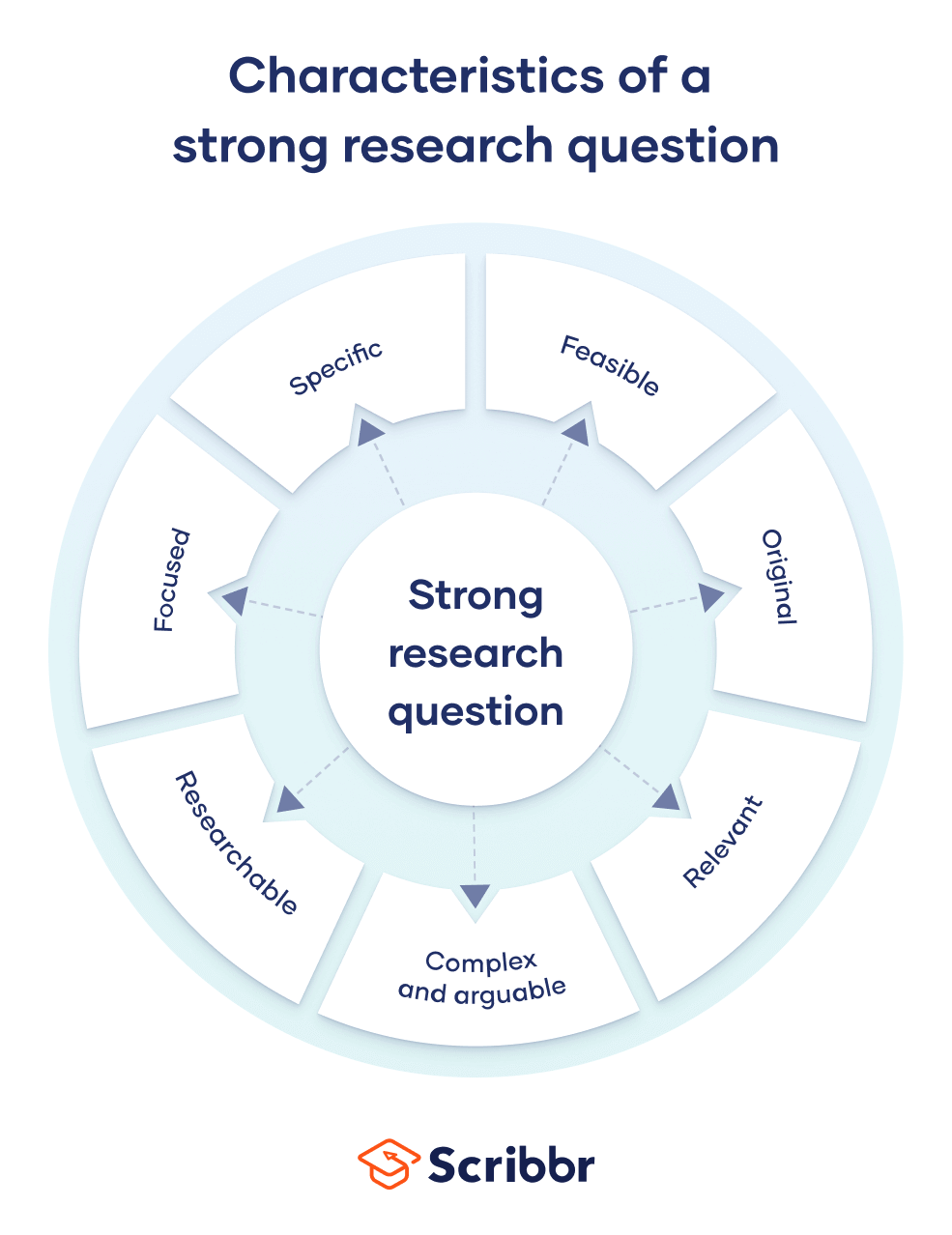How to Construct a Dissertation Research Questionnaire|2025
Learn how to construct a dissertation research questionnaire. Explore step-by-step guidance on designing effective questions, selecting the right format, and ensuring valid and reliable data collection.
Constructing a research questionnaire for a dissertation is a critical part of the data collection process, especially for research relying on primary data. A well-designed questionnaire can provide you with valuable information and insights, helping to answer the research questions and contributing to the overall success of your dissertation. The process involves several steps, from identifying the research objectives to developing questions, testing the instrument, and analyzing the responses. This paper will outline how to construct a dissertation research questionnaire, offering guidance on best practices and useful tools to streamline the process. We will also provide references to sample PDFs and examples of dissertation questionnaires to help you understand how to develop your own instrument.
Why Construct a Dissertation Research Questionnaire?
A dissertation questionnaire is an essential tool for gathering primary data, especially in quantitative research. It helps researchers collect specific information directly from participants that can be used to test hypotheses, identify trends, and draw conclusions. The structure and design of a questionnaire have a significant impact on the quality and relevance of the data collected. An ill-constructed questionnaire can result in biased, unclear, or unreliable responses, ultimately compromising the validity of the study.
Steps to Construct a Dissertation Research Questionnaire
Define the Research Objectives
Before developing your dissertation questionnaire, it is crucial to define the research objectives and questions clearly. What do you want to learn from the participants? What data will be useful in answering your research question? These objectives should align with your research problem and hypothesis.
- Research Focus: What is the topic of your dissertation? What specific aspects of the topic are you focusing on?
- Data Needs: What type of data will help you answer your research question? This could include attitudes, behaviors, experiences, or demographic information.
- Hypothesis Testing: If you have a hypothesis, how will your questionnaire help you test it? Consider whether your research involves measuring relationships between variables.
Identify the Target Audience
Understanding who will be filling out your questionnaire is crucial. The target audience could be a specific group, such as students, professionals, or consumers, and understanding their characteristics helps in tailoring the questionnaire to their knowledge, language, and expectations.
- Demographics: Consider the demographic characteristics of your target audience, including age, education level, and occupation.
- Familiarity with the Topic: Are the participants experts in the subject matter, or do they need a background explanation?
- Sample Size: Estimate the number of participants you need to collect reliable data.
Choose the Questionnaire Type
There are various types of questionnaires, and the choice depends on the research objectives and the type of data you need. Broadly, questionnaires can be classified into two categories:
- Closed-Ended Questions: These provide respondents with predefined options, such as yes/no, multiple-choice, or Likert scale responses. They are easy to analyze because they produce quantitative data.
- Open-Ended Questions: These allow respondents to answer in their own words, providing more detailed insights but requiring more time to analyze. Open-ended questions are useful when exploring attitudes and opinions.
You might also consider combining both types in your questionnaire to balance the need for detailed responses with ease of analysis.
Develop the Questions
When constructing questions for your dissertation research questionnaire, it is important to ensure that they are clear, concise, and aligned with the research objectives. Here are some best practices to keep in mind:
- Clarity and Simplicity: Use straightforward language and avoid jargon. The questions should be easy to understand for the target audience.
- Relevance: Each question should be directly relevant to the research objectives.
- Avoid Bias: Ensure that questions are neutral and do not lead respondents toward a particular answer.
- Question Flow: Organize the questions logically, moving from general questions to more specific ones. Group similar questions together to maintain a coherent flow.
- Use Scales: For closed-ended questions, scales such as Likert scales (e.g., Strongly Agree, Agree, Neutral, Disagree, Strongly Disagree) can help to quantify attitudes or opinions.
Pilot Testing the Questionnaire
Once the questionnaire has been designed, it is essential to conduct a pilot test with a small sample of respondents from the target group. This allows you to identify any issues with the questions, such as ambiguity, complexity, or technical problems. The pilot test also helps to gauge the time needed to complete the questionnaire and ensures that it collects the necessary data.
- Feedback: Ask participants for feedback on the clarity of questions, overall structure, and the time required to complete the questionnaire.
- Adjustments: Based on the feedback, make necessary revisions to improve the questionnaire.
Distribute the Questionnaire
Once you are confident that the questionnaire is effective and reliable, you can distribute it to your full sample. Depending on your research methodology, the questionnaire can be distributed online, in person, by mail, or through other appropriate channels. Some of the most common methods include:
- Online Surveys: Tools like Google Forms, SurveyMonkey, or Qualtrics can be used to create and distribute online questionnaires.
- Paper-Based Questionnaires: If your research requires paper-based data collection, ensure that the questionnaires are printed and distributed effectively.
- Telephone Interviews: If you are conducting interviews over the phone, ensure that the questionnaire is easy to follow and complete verbally.
Analyze the Data
After collecting the responses, the next step is to analyze the data. For quantitative data, statistical analysis can be conducted using software like SPSS, Excel, or R. For qualitative data, content analysis or thematic coding can be used to identify patterns and themes.
- Quantitative Data: Use statistical methods such as frequency analysis, cross-tabulation, and regression analysis to analyze the responses.
- Qualitative Data: Organize and code the responses, looking for common themes or insights related to your research question.
Report the Findings
The final step is to report your findings in your dissertation. This includes interpreting the data, discussing the results in relation to your research objectives, and drawing conclusions based on the evidence collected through the questionnaire.
Tools for Constructing a Dissertation Questionnaire
Several tools can help you construct a dissertation research questionnaire, including sample PDFs, generators, and templates.
- Dissertation Questionnaire Sample PDF: Reviewing sample questionnaires can help you understand how to structure your own. Many universities and research organizations provide example questionnaires online, which can be used as a guide.
- Dissertation Questionnaire Generator: Online questionnaire generators like Google Forms or SurveyMonkey can streamline the process of creating and distributing questionnaires. These platforms also offer templates to simplify question creation.
- Dissertation Questionnaire Examples: Looking at dissertation questionnaire examples can provide valuable insights into question formats and structures. You can find these examples on academic websites or university repositories.
Sample Dissertation Questionnaire
Here is an example of a master’s thesis questionnaire:
Section 1: Demographic Information
- Age: ________
- Gender: Male/Female/Other
- Education Level: High School/Undergraduate/Master’s/Ph.D.
- Occupation: ________
Section 2: Opinion on Technology in Education
- How often do you use digital tools for learning? (Never, Rarely, Sometimes, Often, Always)
- Do you think technology improves the quality of education? (Yes/No/Unsure)
- In your opinion, what is the biggest benefit of using technology in education? (Open-ended)
Section 3: Experience with Online Learning
- Have you ever participated in an online course? (Yes/No)
- If yes, how would you rate your overall experience? (1-5 scale: 1 = Poor, 5 = Excellent)
- What improvements would you suggest for online learning platforms? (Open-ended)
This sample questionnaire covers demographics, opinions, and experiences, offering a mix of closed and open-ended questions.
Conclusion
Constructing a dissertation research questionnaire is a critical step in gathering the necessary data for your dissertation. By following a systematic process—defining objectives, selecting the right audience, designing clear questions, testing the questionnaire, and analyzing the responses—you can ensure that your questionnaire provides valuable insights to address your research questions. The use of tools such as sample PDFs, questionnaire generators, and examples will aid you in designing an effective and professional questionnaire for your research. Ultimately, a well-crafted questionnaire contributes to the success of your dissertation, enabling you to present robust and reliable findings.
Needs help with similar assignment?
We are available 24x7 to deliver the best services and assignment ready within 3-4 hours? Order a custom-written, plagiarism-free paper





